We run our website the way we wished the whole internet worked: we provide high quality original content with no ads. We are funded solely by your direct support. Please consider supporting this project.
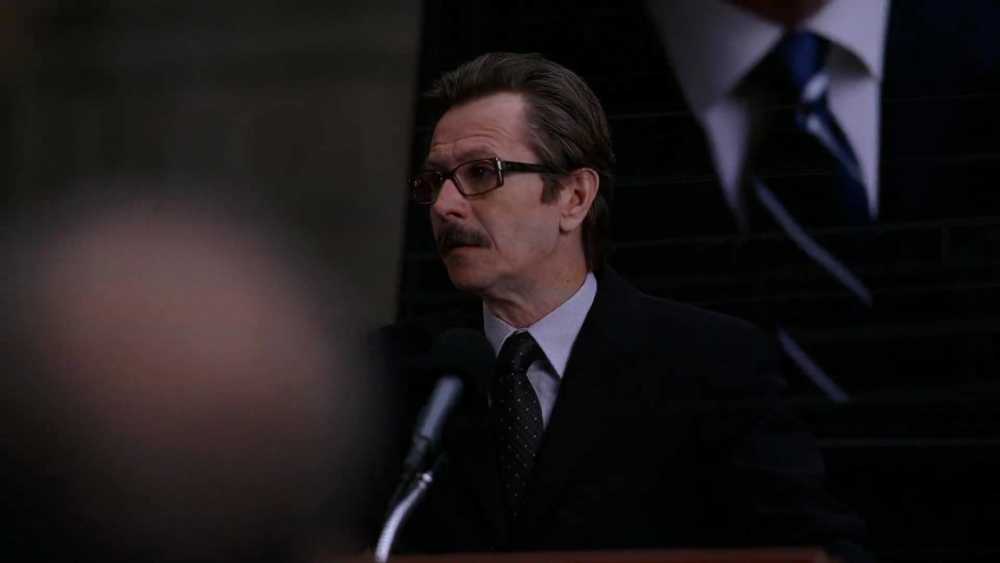
Yahweh as the Dark Knight
I recently received an interesting analogy for The Crucifixion of the Warrior God from Aaron Reini. Thank you Aaron!
In the final scene of “The Dark Knight,” Batman and Commissioner Gordon are standing over Harvey Dent, whom everyone in Gotham City looks up to as a hero, but whom the Joker had turned into a secret villain appropriately named “Two Face.” Batman and Gordon have just learned that Dent is responsible for a trail of destruction and the death of five citizens. Yet, if the citizens of Gotham discover the tragic truth about Dent’s villainous identity, it will unravel all the good work that had been done in his name and could have dire consequences for the city.
Then Batman has an idea. Watch the scene above.
Awesome, heh? Because Batman sees that the citizens of Gotham City need to believe Dent was a hero, and because he is willing to appear to be “whatever Gotham needs me to be,” Batman, who is Gotham City’s real hero, is willing to take on the appearance of the villain who carried out the atrocities that Dent brought about. In short, Batman’s love for his people leads him to appear guilty of Dent’s crimes and to thus become Gotham City’s Dark Knight.
The analogy of course isn’t perfect (analogies never are), but it captures an important aspect of my thesis in Crucifixion of the Warrior God. Like Batman, the cross reveals a God who has always been willing to appear to be whatever his fallen people need him to be. His love for his people, and his refusal to coerce people into embracing true conceptions of him, frequently led God to appear guilty of crimes that were actually committed by other human or angelic agents.
For example, when his fallen and culturally conditioned people needed to believe Yahweh demanded and enjoyed animal sacrifices, Yahweh humbly stooped to allow them to view him this way, which is why he takes on the appearance of a typical ANE sacrifice-demanding deity within the biblical narrative.
So too, when his people proved incapable of trusting a God who could accomplish his goals non-violently and needed to instead believe Yahweh was a more ferocious violent warrior god than the gods of the other nations, Yahweh humbly stooped to take on the appearance of a rather typical ANE warrior deity who commands and engages in violence. All the violence that OT authors ascribe to Yahweh was actually carried out by human or angelic agents, as their own writings usually make clear. But his ancient people weren’t yet in a place where Yahweh could free them from their assumption that attributing violence to God is the highest form of praise. And so God bears their sinful conception of him and thus takes on an appearance that reflects the ugliness of this sin.
In short, the cross is the quintessential expression of God as our dark knight. To be the loving knight who watches over us and saves us, he must, like Batman, be willing to take on appearances that are acclimated to our darkness.
Ps. If you have other good movie or literary analogies that illustrate the thesis of Crucifixion of the Warrior God, I appreciate seeing them. Please send them to editor@reknew.org. At some point down the road I’d like to compile them into a single resource for people to view.
Pss. Nanny McPhee is already taken. ;-)
Category: General
Tags: Character of God, Crucifixion of the Warrior God, Cruciform Theology
Topics: Attributes and Character
Related Reading
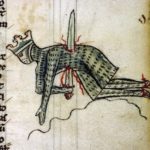
God’s Non-Violent Ideal in the OT
While God condescended to working within the violent-prone, fallen framework of his people in the Old Testament—as I argue in Crucifixion of the Warrior God—the OT is also full of references to how God worked to preserve his non-violent ideal as much as possible. He did this by continually reminding his people not to place…
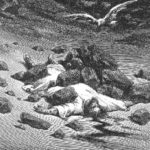
Podcast: How Does the Story of Achan In Joshua 7 Point to the Cross?
Greg looks at a violent Old Testament story through a Cruciform lens. http://traffic.libsyn.com/askgregboyd/Episode_0447.mp3
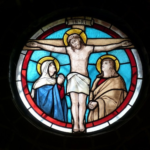
God’s Love is Cruciform
Paul instructs us in what it means to follow Jesus, when he stated, “Follow God’s example, therefore, as dearly loved children and walk in the way of love, just as Christ loved us and gave himself up for us as a fragrant offering and sacrifice to God (Eph 5:1-2). Here Paul defines what it means to…

Scripture’s God-Breathed Imperfections
“Inerrancy” of Scripture
As a conservative evangelical who accepted the “inerrancy” of Scripture, I used to be profoundly disturbed whenever I confronted contradictions in Scripture, or read books that made strong cases that certain aspects of the biblical narrative conflict with archeological findings.

Cross-like Love and Non-Violence
Cosmo Spacely via Compfight Though it seems to have been forgotten by many today, the cross wasn’t simply something God did for us. According to the NT, it was also an example God calls us to follow. Hence, after John defined love by pointing us to Jesus’ death on the cross on our behalf, he…
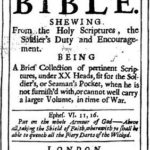
Jesus and Nationalistic Violence
Throughout the Old Testament, we find Israel spoken of as God’s “chosen nation.” The Israelites were to be a nation of priests whom God wanted to use to unite the world under him (Ex 19:6). Since nationalism and violence inevitably go hand in hand, as Jacque Ellul and others have noted, the covenant God made…
